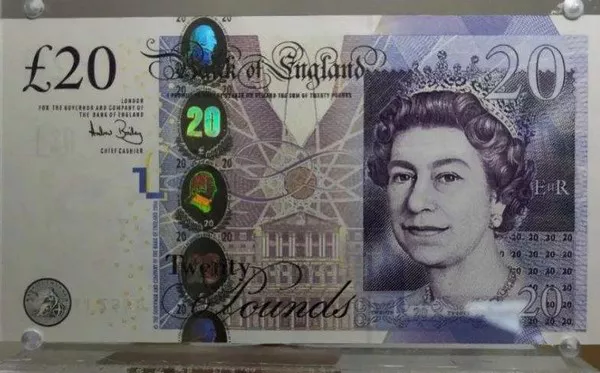The GBP/USD pair demonstrated resilience near 1.2628, breaking a two-day downtrend on Monday, buoyed by dovish commentary from Federal Reserve Chairman Jerome Powell. Powell’s remarks on Friday reassured markets, affirming that recent US inflation figures aligned with expectations and indicating the Fed‘s steadfastness in maintaining its interest rate targets for the year. The central bank‘s stance remains consistent with projections of three rate cuts in the coming months, with market participants eyeing the potential commencement of rate adjustments as early as the June meeting.
Technical analysis on the four-hour chart reveals a sustained bearish sentiment for the GBP/USD pair, underscored by its position below the critical 50-period and 100-period Exponential Moving Average (EMA). Further reinforcing the downward trajectory is the Relative Strength Index (RSI), lingering below the 50 midline, signaling a prevailing downside bias.
In terms of upside potential, the GBP/USD pair faces initial resistance near the confluence of the upper boundary of the Bollinger Band and the 50-period EMA, within the 1.2640–1.2645 zone. A decisive breach above this level could pave the way for a test of the 100-period EMA at 1.2671. Subsequent hurdles lie at the March 18 high of 1.2746, followed by the psychological barrier of 1.2800.
Conversely, downside support is anticipated at the lower boundary of the Bollinger Band, situated at 1.2610, serving as an initial foothold for the pair. Persistent selling pressure may drive prices towards the March 22 low of 1.2575, with further downside targets at the February 14 low of 1.2535 and the psychological level of 1.2500.
In summary, while the GBP/USD pair experiences a momentary respite supported by dovish Fed commentary, technical indicators suggest a prevailing bearish outlook, emphasizing caution among traders amid ongoing market uncertainties.

























